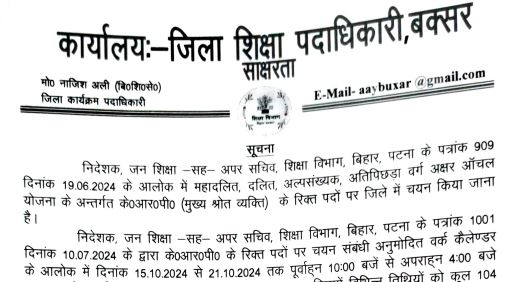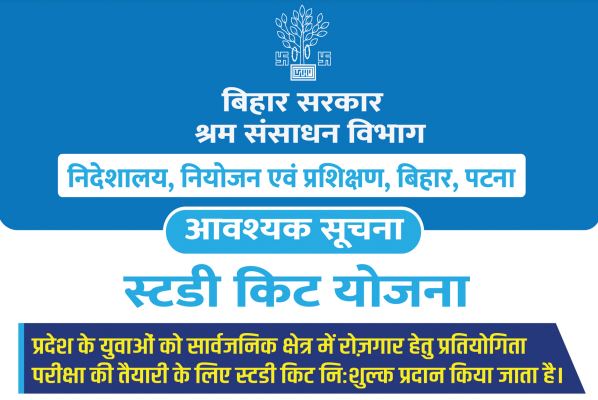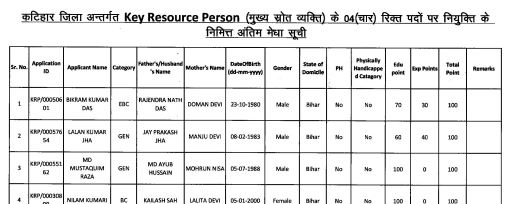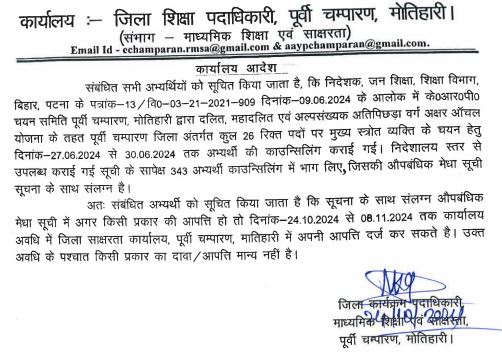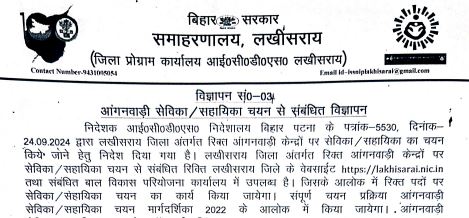What is a Conversion Path detailed Analysis: A conversion path is basically the journey that a user takes on your website that eventually leads them to do something you want them to do—like making a purchase,
filling out a form, or signing up for your newsletter. It’s like a roadmap designed to guide visitors step-by-step from first finding your site to becoming a customer.
What is a Conversion Path detailed Analysis
In the What is a Conversion Path detailed digital marketing landscape, conversion paths play a crucial role in transforming website visitors into loyal customers. By understanding and optimizing these paths, businesses can
significantly enhance their conversion rates and achieve better results from their marketing efforts. In this comprehensive analysis, we delve into the intricacies of conversion paths, exploring their components, significance, and strategies for optimization.
What is a Conversion Path detailed Analysis
- Awareness Stage: This is where people first discover your brand or what you offer. They might find you through Google, social media, or a recommendation from someone else.
- Consideration Stage: Here, users are checking out your products or services. They’re comparing options, reading reviews, and gathering all the info they need to make a decision.
- Decision Stage: This is the final stage where users make the leap to becoming customers or leads. It could be buying something, signing up for a trial, or requesting more info.
How to Make Your Conversion Path Better?
To really optimize your conversion path, consider these tips:
- Clear Call-to-Actions (CTAs): Your CTAs should be super clear, stand out, and tell users exactly what you want them to do next. Use action words that get them excited to click.
- Simple User Experience: Make sure your website is easy to navigate and looks clean. The easier it is for people to find what they’re looking for, the more likely they are to stick around and convert.
- Personalized Content: Tailor your content to fit what users need at each stage of their journey. When people feel like you understand them, they’re more likely to engage with your site.
- Conversion Rate Optimization (CRO): Keep testing and tweaking parts of your conversion path, like your landing pages or checkout process. Use tools to track what’s working and what needs improvement.
- Mobile-Friendliness: Since lots of people browse on their phones, make sure your site works smoothly on mobile devices. A bad mobile experience can turn people away fast.
Examples of Success What is a Conversion Path detailed
Some big companies really know how to nail their conversion paths. Take Amazon—they guide users seamlessly from browsing products to making a purchase with smart recommendations and an easy checkout. Or HubSpot—they use targeted content and clever CTAs in their blogs and emails to turn curious visitors into loyal customers.
Wrapping Up What is a Conversion Path detailed
Understanding and fine-tuning your conversion path can seriously boost your online business. Focus on giving users a great experience, personalised content, and always look for ways to improve using data. Remember, it’s not just about getting the sale it’s about building lasting relationships with customers.



